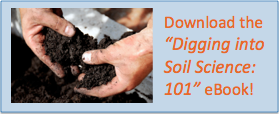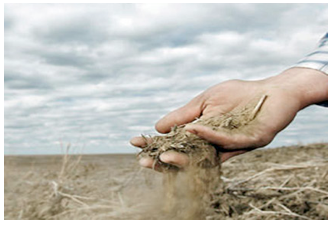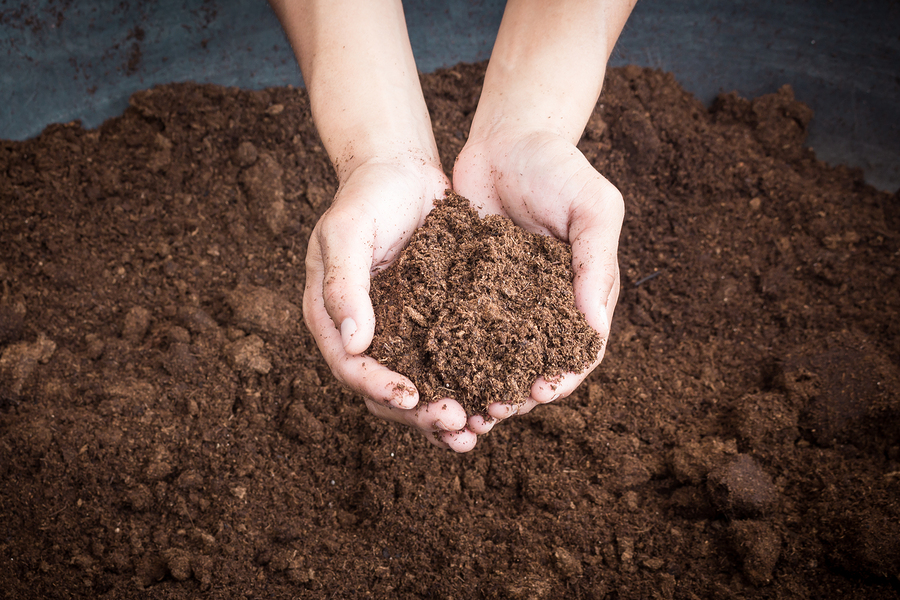Having a sound foundation is a must if your house is to last through the years. Soil structure is like a house foundation; to grow plants to their full potential, you should have a sound foundation to start. Soil structure is composed of several main components, those being sand, silt and clay. When one or more of those components makes up too large a part of the soil, it’s like a poorly constructed foundation and creates problems from the start.

Organic matter is also an important component to a healthy soil foundation. Organic matter is made up of decomposing plants, animals and waste. By having a healthy level of organic matter, soils become more porous. The porosity of soils allows the seeds to more easily push through the surface, increase water infiltration and prevent soil sealing (where the soil crusts over and becomes compacted).
Ultimately, having organic matter present in the soil reduces runoff and erosion and promotes the activity of microorganisms, other soil critters and root growth. You can increase the amount of organic matter present in the soil by adding compost or by tilling the soil.
Sand-based soils
Out of all the three soil particles (sand, clay and silt), sand is the largest, while clay is the smallest. Sand-based soil does not have a natural source of nutrients and needs to be fertilized frequently as synthetic-based fertilizers tend to leach away quickly. This type of soil will need constant care to let the turf grow to its full potential. However, the use of natural organic products aids the soiling nutrient holding capacity by adding more organic matter and increasing the biological activity.
Clay-based soils
Clay-based soils are loaded with micronutrients but are very low in macronutrient nitrogen, which is vital for plant growth and responsible for green color. Clay will hold applied fertilizers better than sand-based soil, but clay-based soil does not properly drain excessive water away from the root zone, causing roots and seed to rot during wet conditions. Another detrimental factor with clay soil is how compacted it becomes when dry. After a couple weeks with no water, the soil will harden like a rock, which is good for flower pots but not for growing grass and plants. Adding organic matter helps break down the compaction of clay-based soils, allowing for more porous soil.
Silt-based soils
Silt-based soils generally contain micro and macro nutrients, drain fairly well and can produce a good root structure. It does, however, have its drawbacks. Its light texture can blow away in high winds or wash away in heavy rains. It also tends to have a crusty surface when drying out that causes seeds to germinate poorly. Like clay-based soils, adding organic matter to silt-based soils helps break through soil compaction, allowing for more porous soils.
The descriptions used are very simple and each soil type has many variations and can occur anywhere in the world. The best soils are ones that are composed of sand, clay and silt. Want to learn more? Download Holganix Inventor, Stephen T. Lange's ebook called: Digging into soil science 101.

 |
November 18, 2015
|
9:30 AM
|
November 18, 2015
|
9:30 AM
-2.jpg)
-1.jpg)
-1.jpg)
-1.jpg)
.jpg)

-2.jpg)
-1.jpg)
-1.jpg)
-1.jpg)
.jpg)






.webp)
-1%20(1).webp)
-831535-2.webp)




-1.png)
